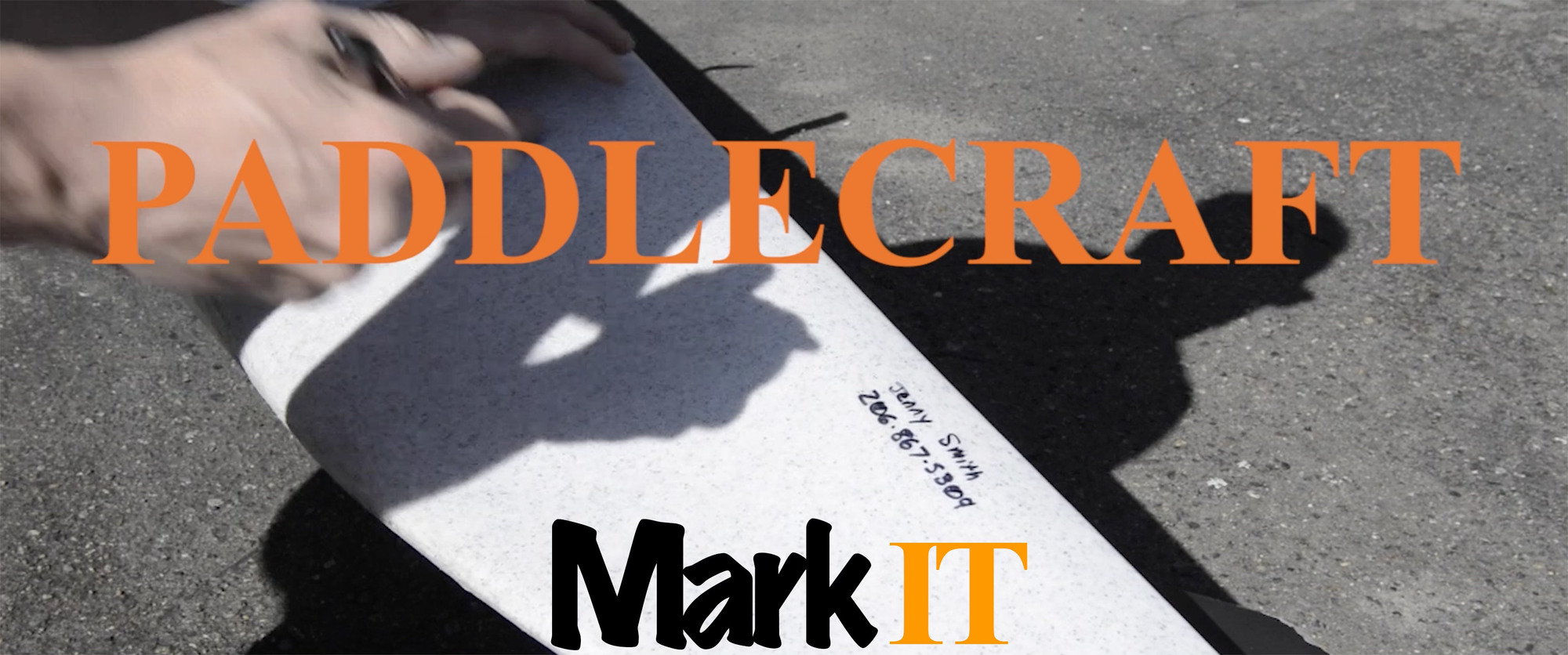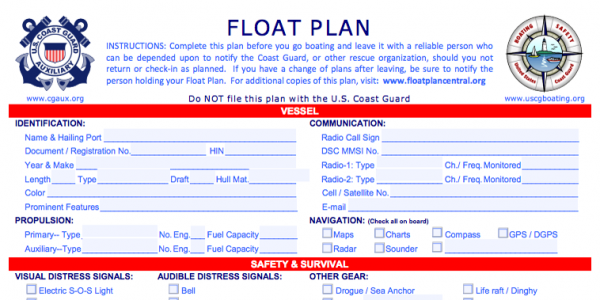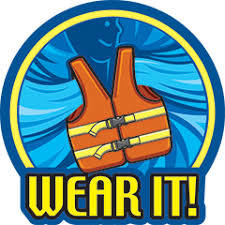WATCH: Coast Guard, partners urge paddle craft labeling this spring across the PNW
U.S. Coast Guard sent this bulletin at 04/21/2021 01:55 PM EDT
| News Release |
U.S. Coast Guard 13th District Pacific Northwest |
Coast Guard, partners urge paddle craft labeling this spring across the PNW
 |
Editors' Note: Click on image to download high resolution video
SEATTLE — The Coast Guard and its agency partners urge the labeling of paddle craft and owner responsibility as spring arrives across the Pacific Northwest.
Reports of unmanned and adrift paddle craft continue to divert federal, state, and local response boat and air crews on hundreds of dangerous and costly searches that turn out to be false alarms. Since 2016, 13th Coast Guard District aircraft and vessels have launched on 746 individual cases of vessels reported adrift or capsized.
All were unmanned and adrift, not resulting in an actual distress. Each case represents a minimum cost of approximately $40,000 to the government to respond and conduct searches for possible persons in the water. For the 13th District, this accounts for an operation cost of approximately $29,840,000.
The Coast Guard treats every distress call and report of an unmanned paddle craft as if a real life is at stake.
The Coast Guard urges the public to do the following three things:
Mark It!
-Help us locate YOU! Take responsibility for your paddle craft by labeling it with an 'If Found' sticker. This label allows responders to contact and confirm if someone is actually in trouble and collect information to help search efforts. If you don't have a sticker, a simple label or piece of tape with a name, contact information, and alternate contact number written in waterproof ink or paint can drastically reduce search times when we contact the owner. The contact label can also assist in the return of any wayward watercraft to its owner.
-Take responsibility for recovering your paddle craft. Unmanned and adrift kayaks, canoes, dinghies, and rowboats often cause hazards to navigation in the waterway and increase the level of risk and fatigue on response crews tasked to find the owners associated with the unmanned paddle craft.
-Do your part to prevent false alarms. First responders deployed in search of unmanned paddle craft divert resources away from actual lives in distress.
File It!
-File a float plan - Before you leave, create a plan and let someone staying behind know your itinerary. The plan should include the contact information for all individuals going out, the intended route, and what to do in case of emergency or non-arrival at the estimated return time. A sample and more information can be found HERE.
-Check the weather - Weather can change quickly and is often a leading cause of water emergencies. Prior to departure, check the weather for current and forecasted conditions. This should include understanding how different weather conditions, tides, and currents will affect your waterway and craft.
-Know your limits. Paddle in areas suited to your level of experience and dress for the water temperature, since Pacific Northwest waters are often colder than the air temperature. New and inexperienced paddlers should seek out paddler education before heading out on the water. The Coast Guard Auxiliary offers the “Paddle Sports America Course,” a four-hour, classroom based introduction to paddling safety, techniques and safety strategies. More information can be found HERE.
Wear It!
-Wear a life jacket. The Coast Guard advises all paddlers to wear (not stow/bring) a properly fitted Coast Guard-approved life jacket. Donning a life jacket is much harder once you’re in the water, especially if you’re fatigued or injured. Wearing an improperly fitted life jacket is just as deadly as not wearing one at all.
-Use the buddy system. Two people allow one to help the other in case of emergency, and allows for that critical call for help to initiate a search and rescue response if the need arises.
-Have a waterproof communications device. Keep a cell phone in a waterproof case, handheld VHF radio, air horn, whistle or personal locator beacon on your person in case of emergency.
Let’s pull together to paddle smart and paddle responsibly.
For more information on paddle craft labeling, contact your PNW Coast Guard Auxiliary via email at: iffoundsticker@d13cgaux.net to get a free “If Found” stickers to help label your paddle craft.
To get a free vessel safety check – “I want a vessel safety check”- go to: http://wow.uscgaux.info/content.php?unit=V-DEPT&category=i-want-a-vsc.
-USCG-


